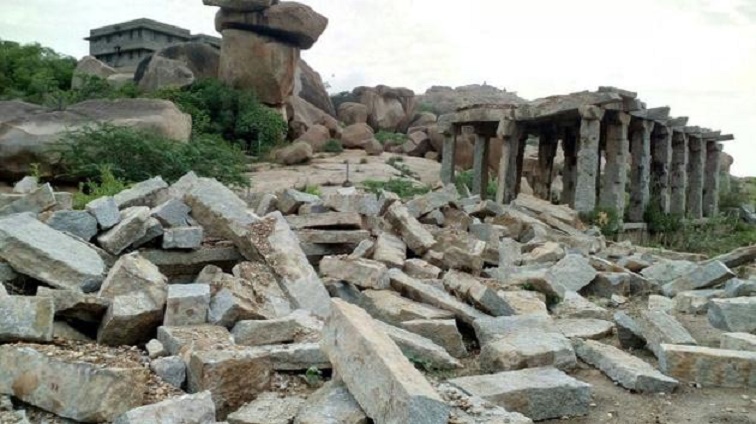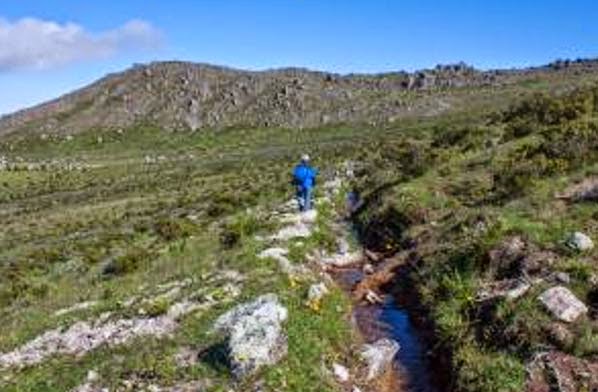Sew La Ti Embroidery [Search results for original]
The Glazing Conundrum for Conversion Enthusiasts

Heritage: Egypt approves replica Pharos lighthouse plans

Travel: Replica of prehistoric Chauvet cave opens

Near East: Ancient harbour to be recreated in western Turkey

UK: UK marks 800th anniversary of Magna Carta

Near East: Triumphal arch of ancient city to return to former glory

The Judas Syndrome cover Lady Gaga's "Judas"

Demi Lovato Disney TV Show Blues and parks for her

Lebanon: The archaeology of conflict-damaged sites

Heritage: Section of Tuthmosis column returned to Egypt

Heritage: Unearthing Vadnagar

Tom Andersen talks about horror, 3D & pissing Hollywood off

The Architectural Chinese Greatness
The Bulldogs (based on an underground comic-book)

yummy new girly shirts
India: Hampi’s ‘saalu mantapas’ collapse

Natural Heritage: Pre-Inca canals may solve Lima's water crisis

Snyder Delivers a Sucker Punch to Your Pants

The Concrete Romanticism in Lisbon

Near East: Restoration work to begin at historic Genoese castle


